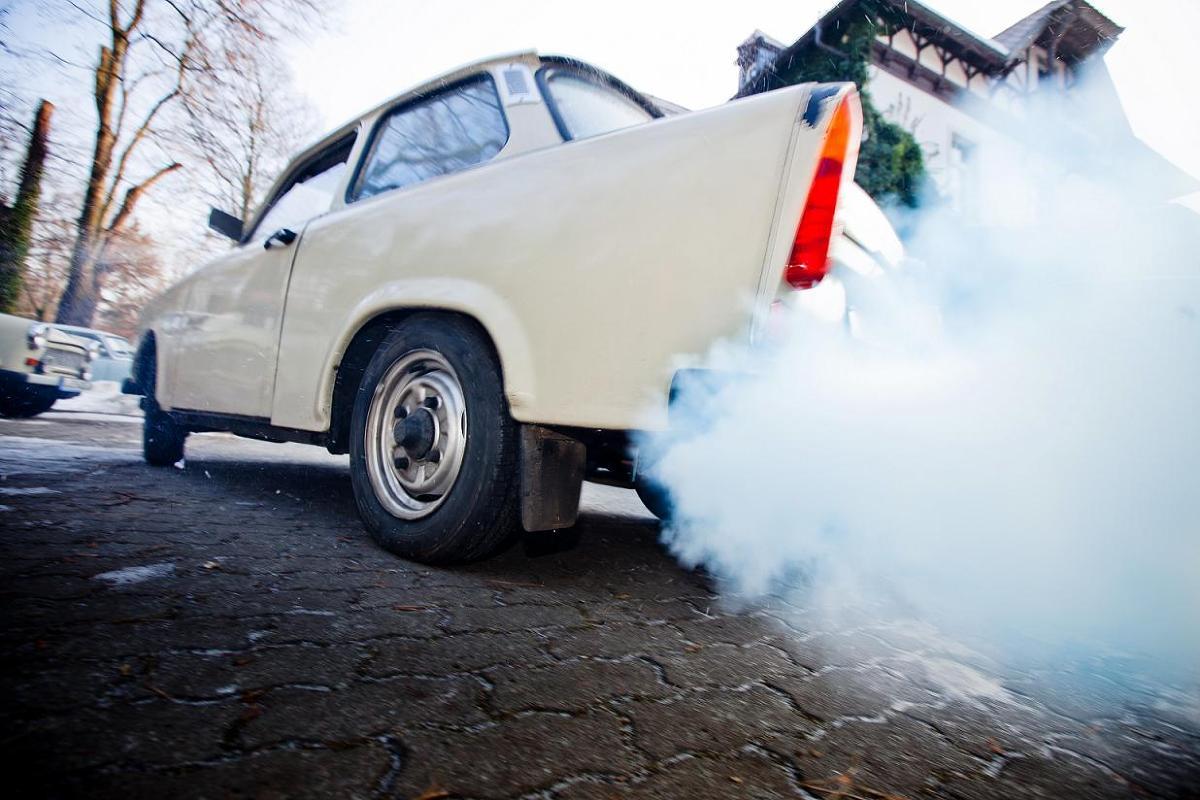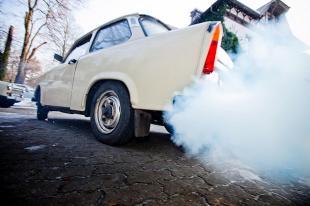
Exhaust smoke - what does its color mean?
 Due to its design, the combustion effect inside gasoline and diesel engines is a gas mixture emitted from the exhaust pipe. If the exhaust gas is colorless, the driver has no cause for concern. However, this is not always the case.
Due to its design, the combustion effect inside gasoline and diesel engines is a gas mixture emitted from the exhaust pipe. If the exhaust gas is colorless, the driver has no cause for concern. However, this is not always the case.
 If the exhaust gases are white, blue or black, the driver can be almost sure that his car's engine needs to be repaired. Interestingly, this color can be extremely helpful in identifying the type of defect and directing the mechanic to the items that need repair.
If the exhaust gases are white, blue or black, the driver can be almost sure that his car's engine needs to be repaired. Interestingly, this color can be extremely helpful in identifying the type of defect and directing the mechanic to the items that need repair.
Let's start with the situation where the smoke coming from the exhaust pipe is colored white. The driver should then check the coolant level in the expansion tank. If its quantity indicates losses, and the radiator and all pipes are tight, then there is a leak in the combustion chamber itself. In most cases, a leaky head gasket is responsible for this. Unfortunately, a crack in the head or the power unit itself cannot be ruled out. Seeing white smoke behind the car, you should pay attention to whether it is water vapor, which is quite a natural phenomenon when driving in low air temperatures.
In turn, blue or blue exhaust gases indicate engine wear. Regardless of whether it is a diesel or gasoline unit, the color of the exhaust gases indicates that, in addition to fuel and air, the unit also burns oil. The more intense the blue color, the more of this liquid passes into the combustion chamber. In this case, it is the responsibility of the driver to check the engine oil level. Its loss, combined with blue exhaust fumes, gives almost 100% certainty that we are dealing with engine damage.
However, you should also pay attention to when the exhaust gases are colored blue. If such exhaust gases appear at idle, as well as when working under load, then the piston rings need to be replaced, and the cylinders, the so-called. honing. If the exhaust gas is blue only when the engine speed is reduced, then the valve stem seals must be replaced. We should not forget about the turbocharger. A leak in this component (if the engine is equipped with it) can also contribute to the blue color of the exhaust.
Finally, there is black smoke from the exhaust pipe, a phenomenon that occurs almost exclusively with diesel engines. Most often this occurs with a sharp opening of the throttle and when driving at high speeds. If the amount of black smoke is not large, then the driver has nothing to worry about. Problems begin when even a light press on the gas pedal ends up with a "black cloud" behind the car. In most cases, this is due to the failure of one or more components of the injection system. Self-diagnosis is difficult, so it is recommended to visit a specialized workshop. The mechanic should check the operation of the injectors, injection pump and the exhaust gas recirculation system.
However, black exhaust gases can also appear in gasoline units. If too much fuel is injected into the combustion chamber, it is the black gases that will be visible not only while driving, but also at idle. The cause of failure most often lies in the control system of the drive unit.
